Entry Type: Place
 Weldon Depot
Weldon Depot
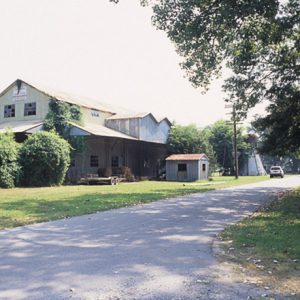 Weldon Gin Company Historic District
Weldon Gin Company Historic District
Weldon Gin Company Historic District
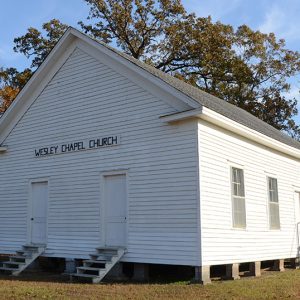 Wesley Chapel
Wesley Chapel
 Wesley Chapel United Methodist Church
Wesley Chapel United Methodist Church
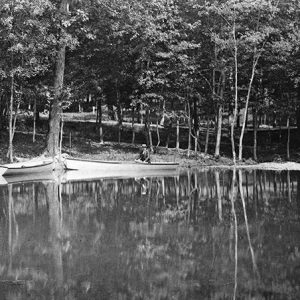 West End Park, 1890
West End Park, 1890
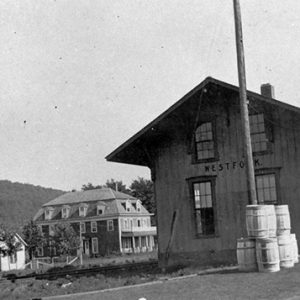 West Fork Depot
West Fork Depot
West Fork (Washington County)
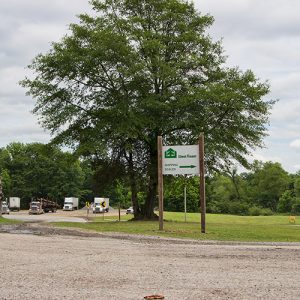 West Fraser Timber
West Fraser Timber
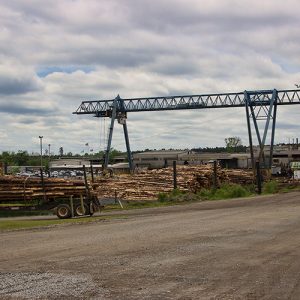 West Fraser Timber
West Fraser Timber
West Gulf Coastal Plain
aka: Gulf Coastal Plain
aka: Coastal Plain
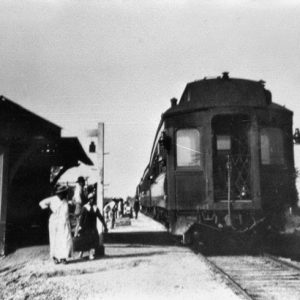 West Memphis Train Station
West Memphis Train Station
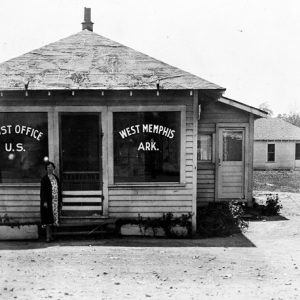 West Memphis Post Office
West Memphis Post Office
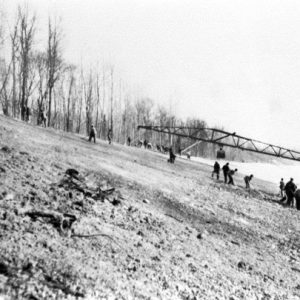 West Memphis
West Memphis
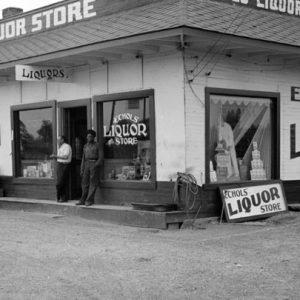 West Memphis; 1935
West Memphis; 1935
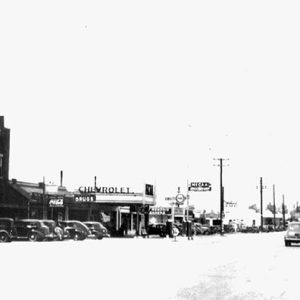 West Memphis, 1930
West Memphis, 1930
West Memphis (Crittenden County)
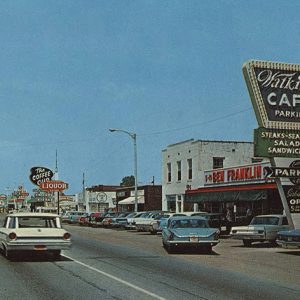 West Memphis Street Scene
West Memphis Street Scene
West Ninth Street (Little Rock)
aka: West 9th Street
West Point (White County)
West Valley (Polk County)
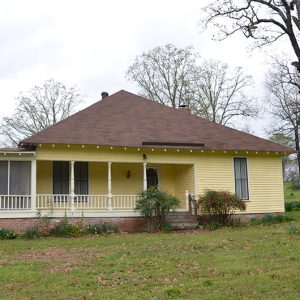 West-Blazer House
West-Blazer House
 West-Blazer House Interior
West-Blazer House Interior
 West-Blazer House Interior
West-Blazer House Interior
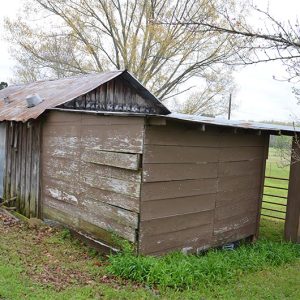 West-Blazer House Outbuildings
West-Blazer House Outbuildings
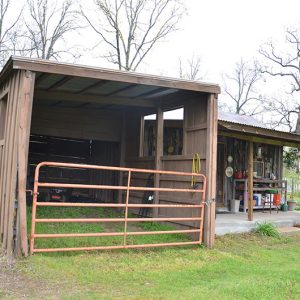 West-Blazer House Outbuildings
West-Blazer House Outbuildings
 West-Blazer House Porch
West-Blazer House Porch
 West-Blazer House Porch Fan
West-Blazer House Porch Fan
Western Grove (Newton County)
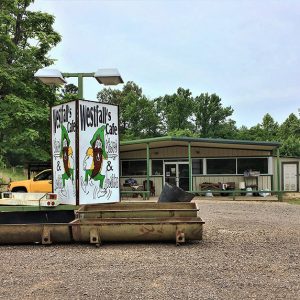 Westfalls Cafe
Westfalls Cafe
 Westside Middle School
Westside Middle School
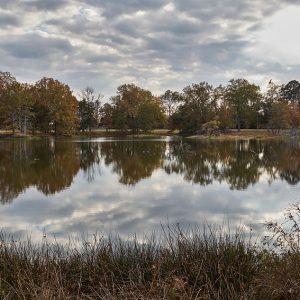 Wetlands at Arkansas Post
Wetlands at Arkansas Post
 Peetie Wheatstraw Grave Marker
Peetie Wheatstraw Grave Marker
 Wheel Store
Wheel Store
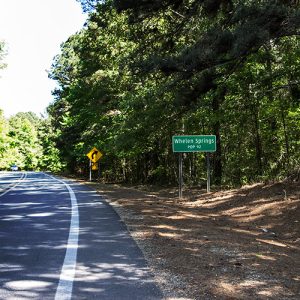 Whelen Springs
Whelen Springs
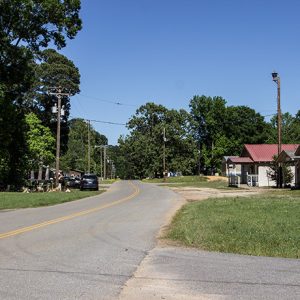 Whelen Springs
Whelen Springs
Whelen Springs (Clark County)
 Whelen Springs City Hall
Whelen Springs City Hall
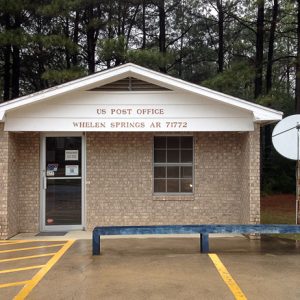 Whelen Springs Post Office
Whelen Springs Post Office
 Whisenhunt Cemetery
Whisenhunt Cemetery
 Whitaker Point
Whitaker Point
 White Bluff Station
White Bluff Station
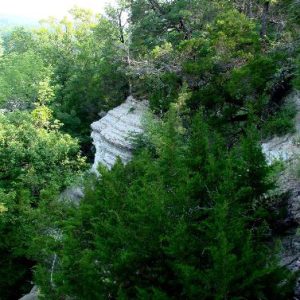 White Cliffs Natural Area
White Cliffs Natural Area
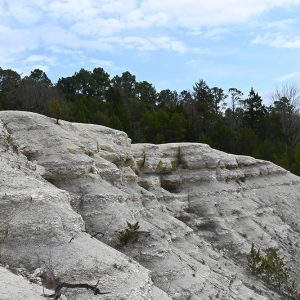 White Cliffs Natural Area
White Cliffs Natural Area
White County
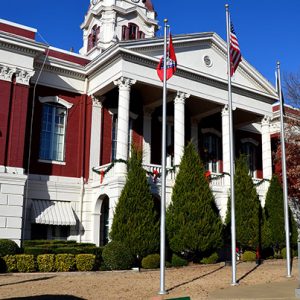 White County Courthouse
White County Courthouse
 White County Courthouse
White County Courthouse
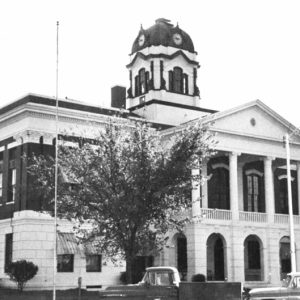 White County Courthouse
White County Courthouse
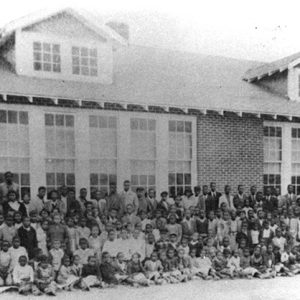 White County Training School
White County Training School




